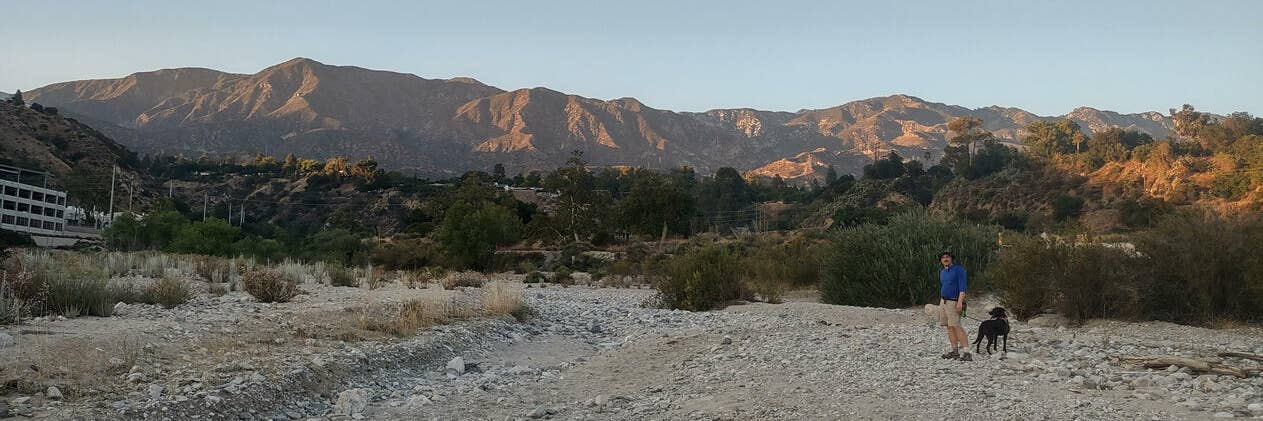


Applied Mathematician, Julia programmer, father of two amazing boys, official coonhound mix mutt-walker.
PhD in Civil Engineering. Debian Linux user since ca. 1994.
Bayesian data analysis iconoclast
This profile is from a federated server and may be incomplete. Browse more on the original instance.